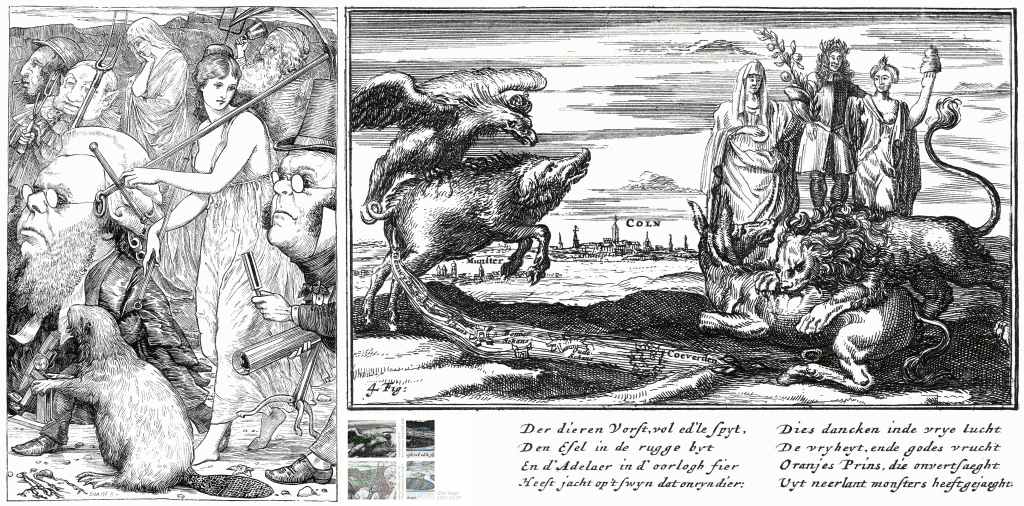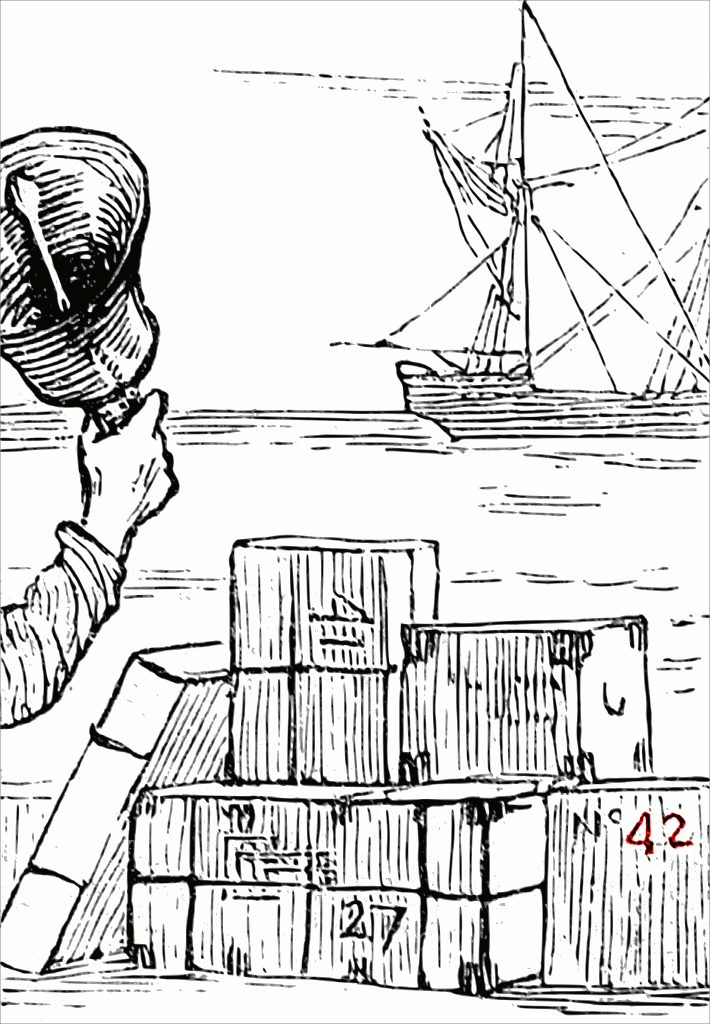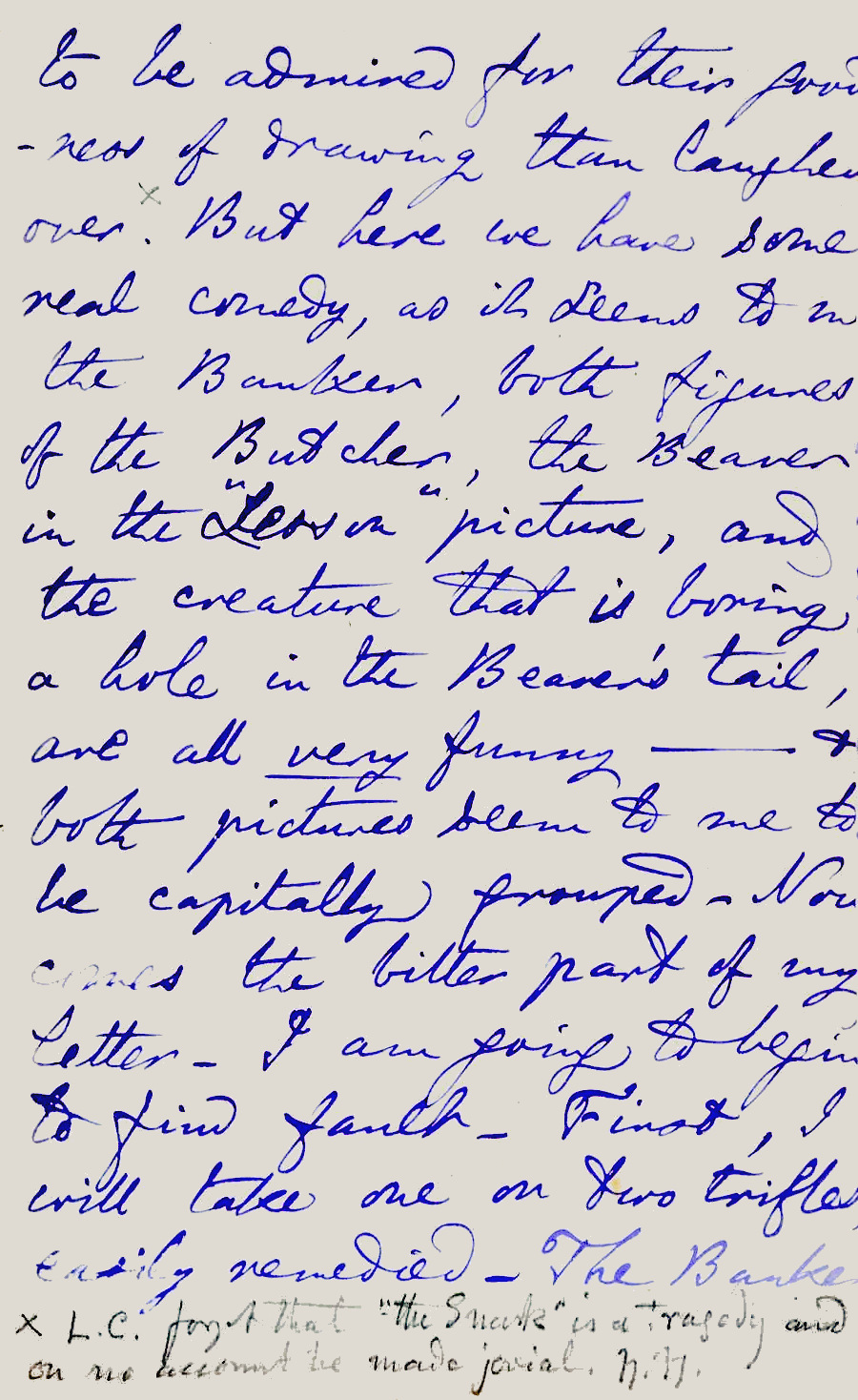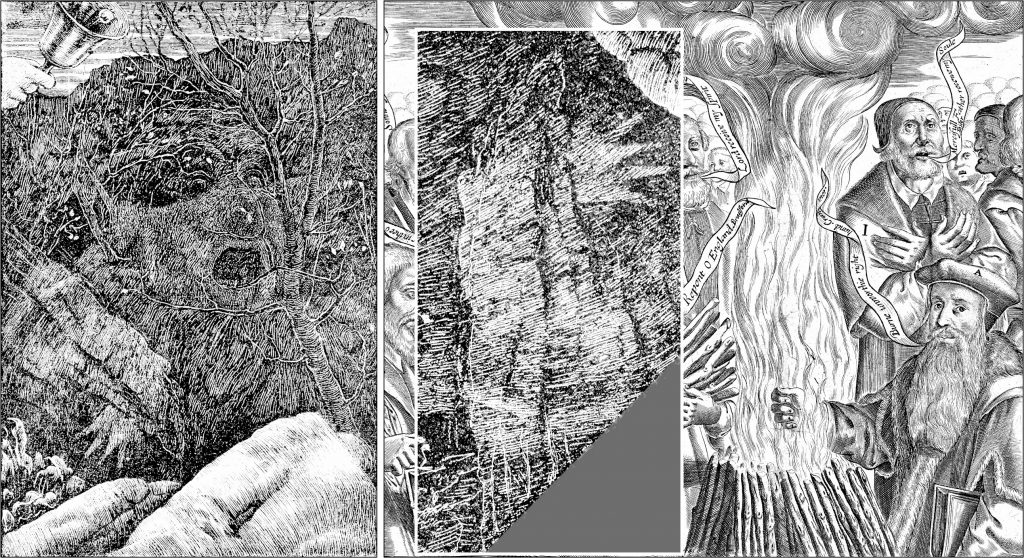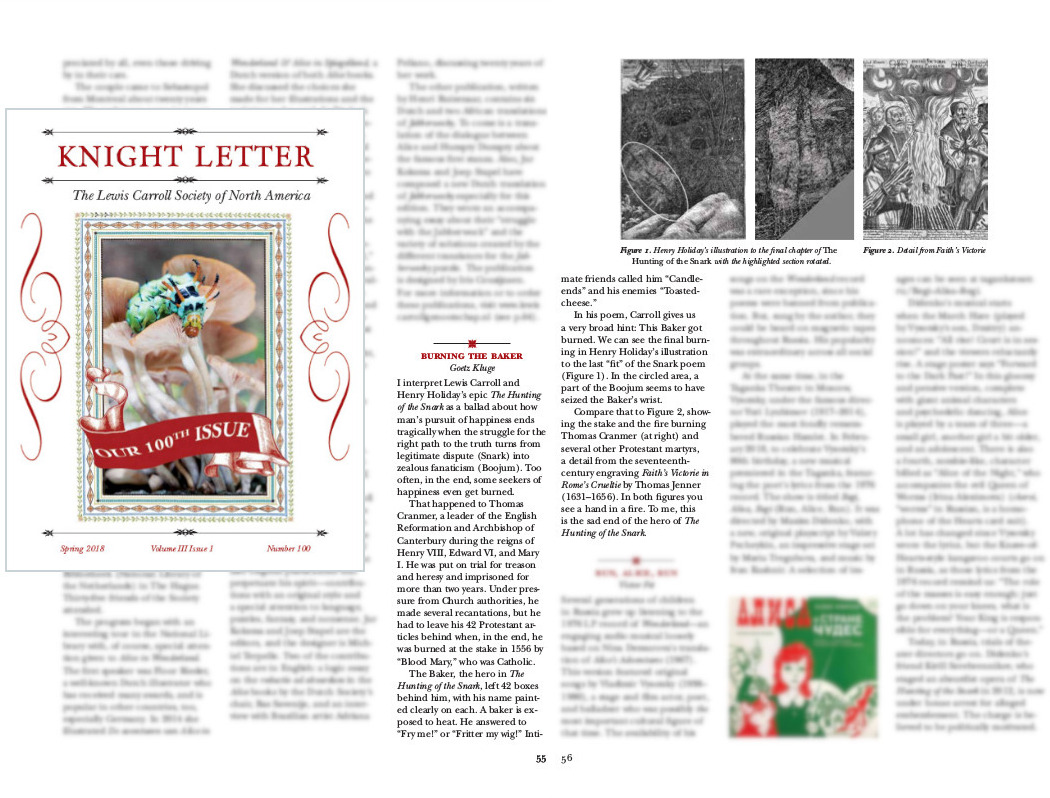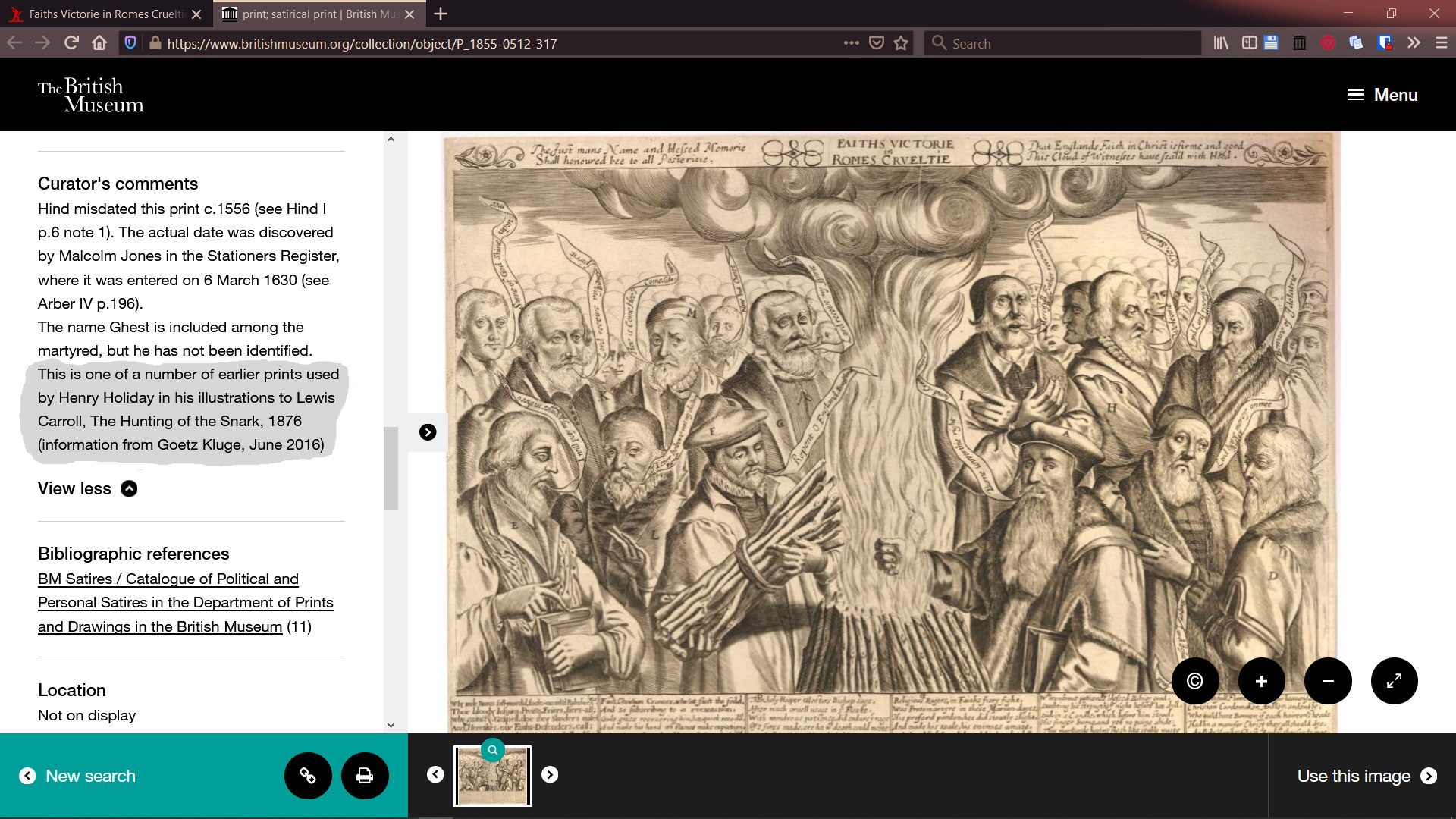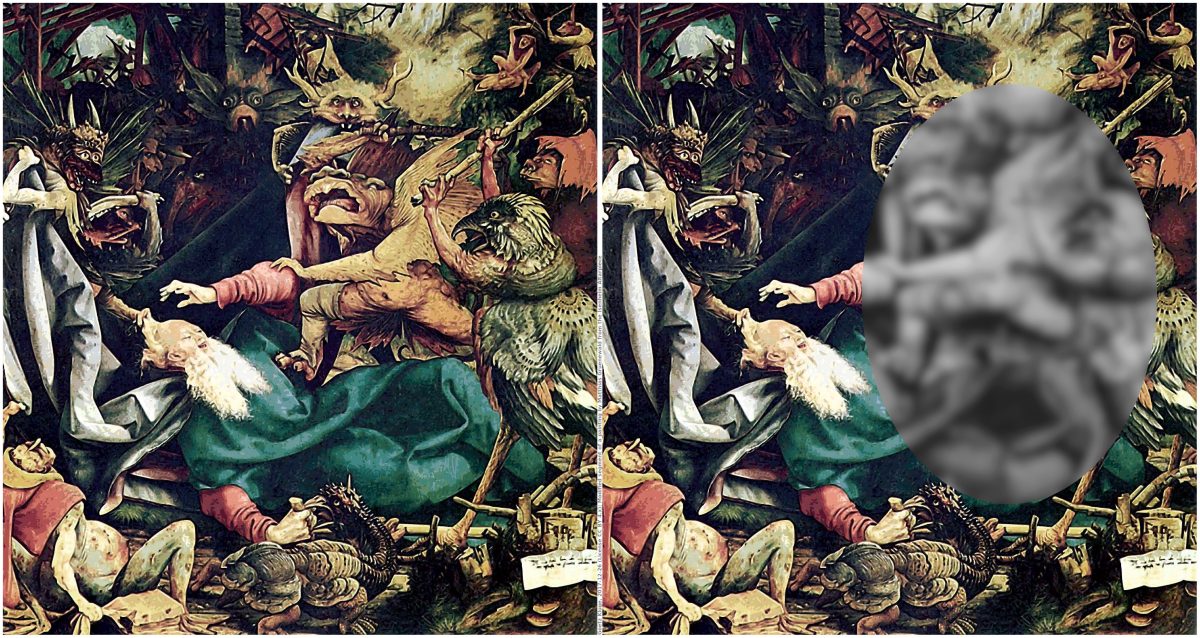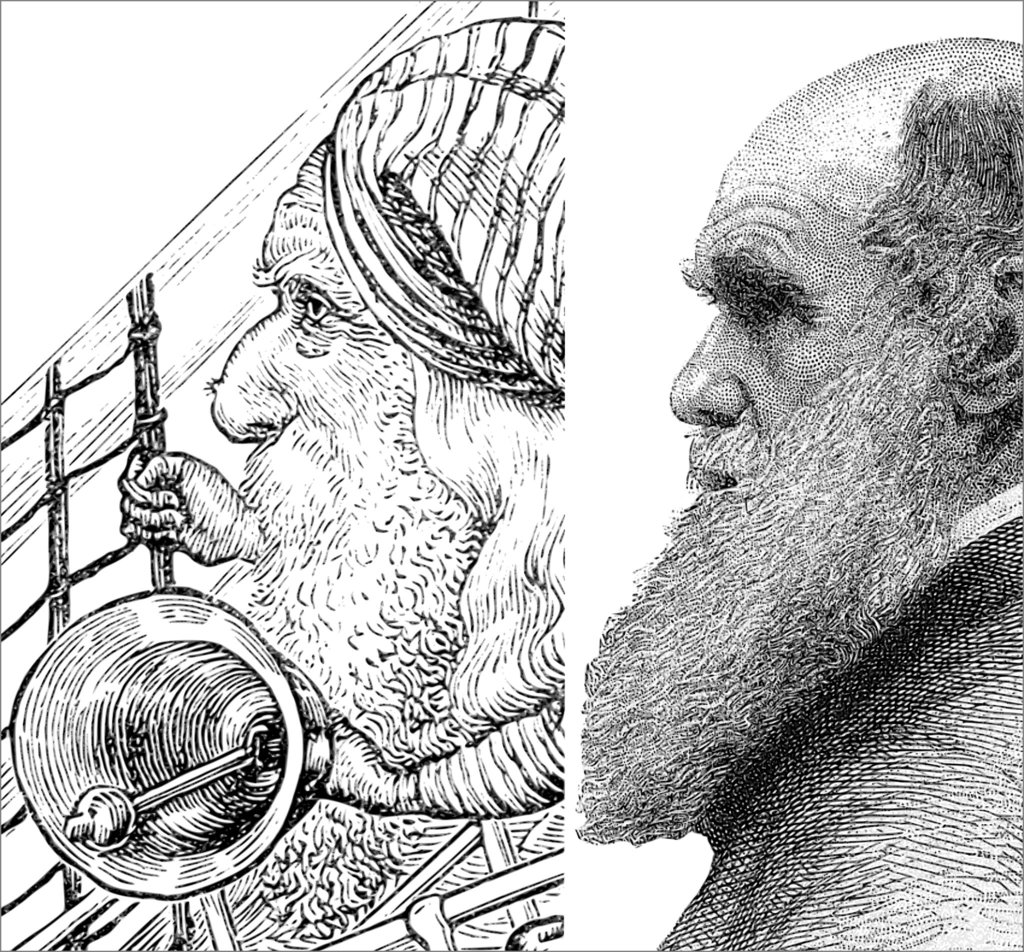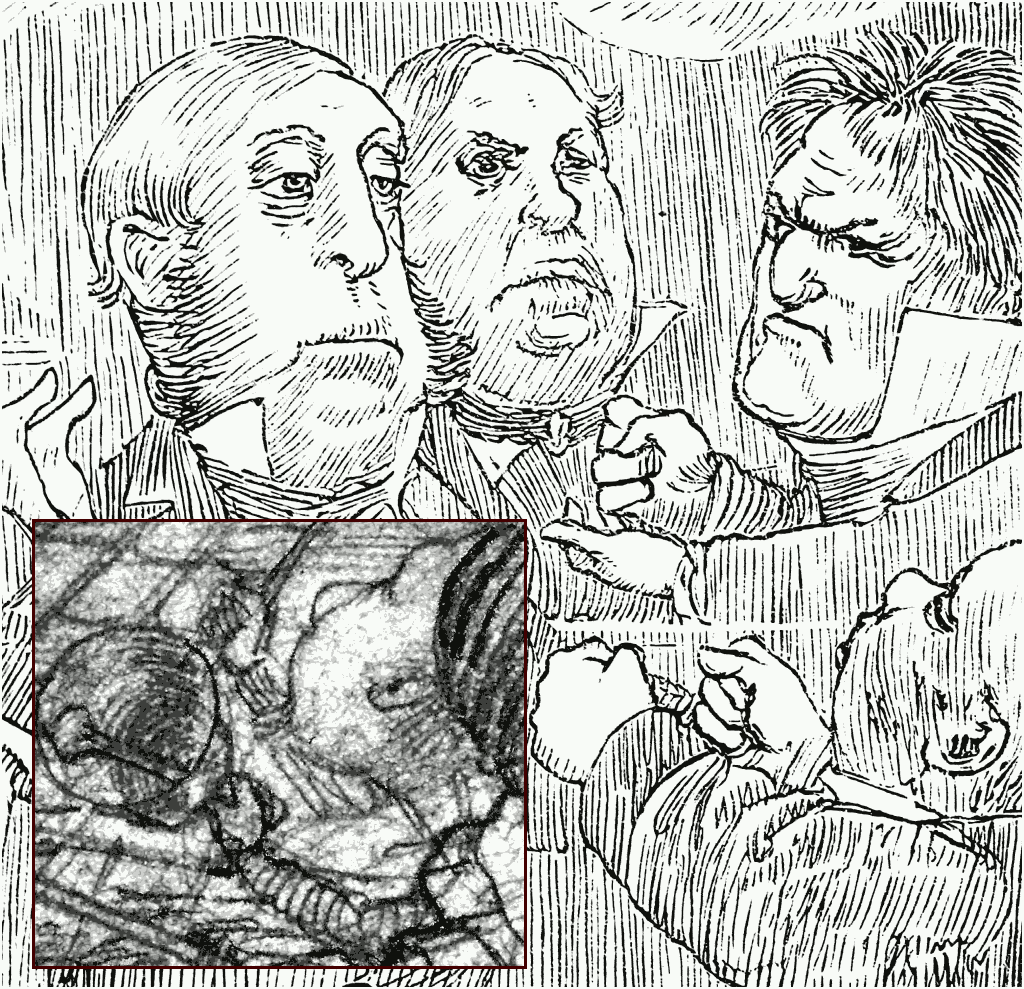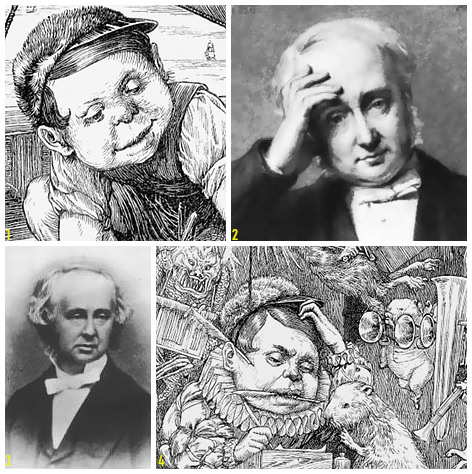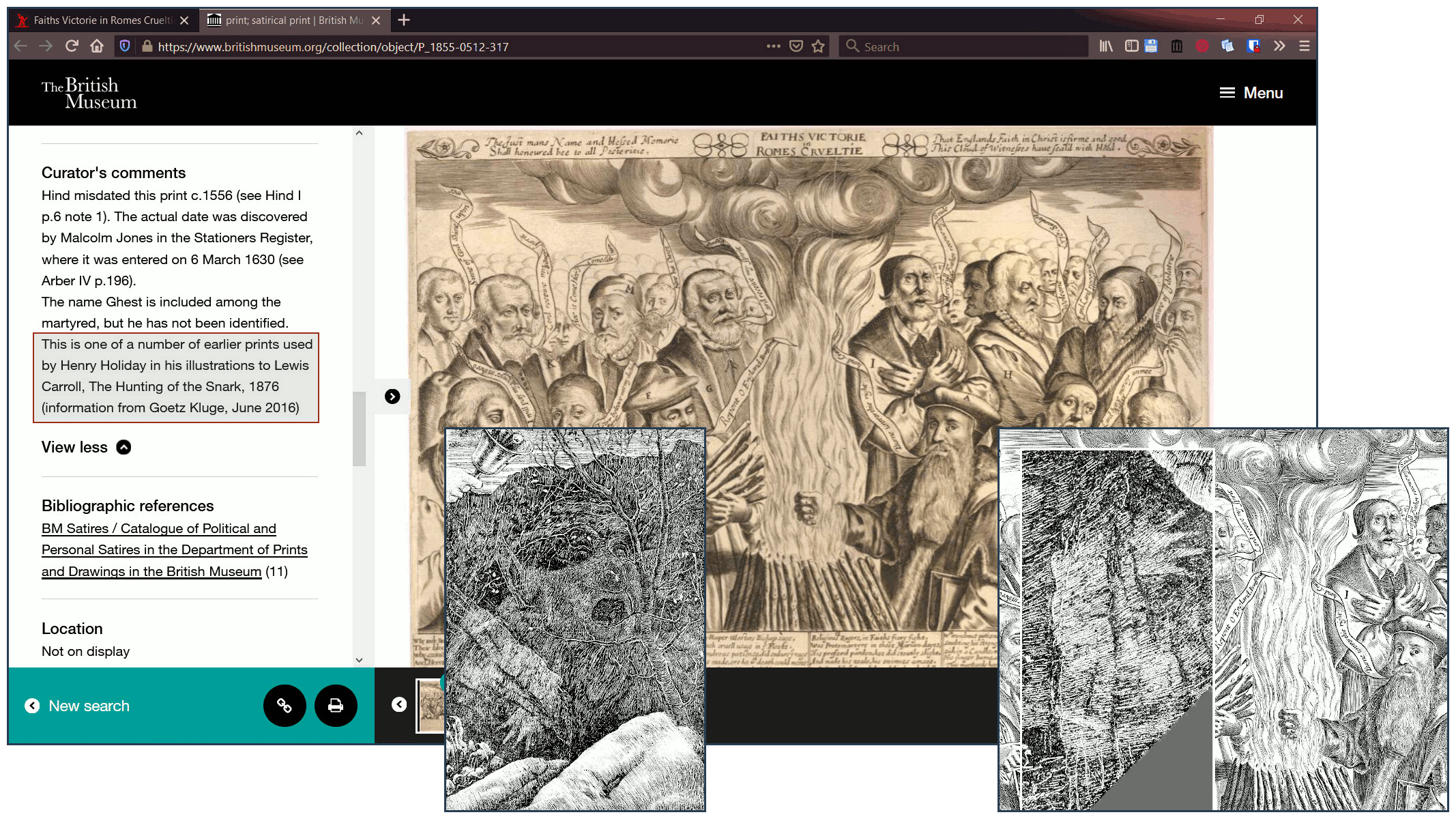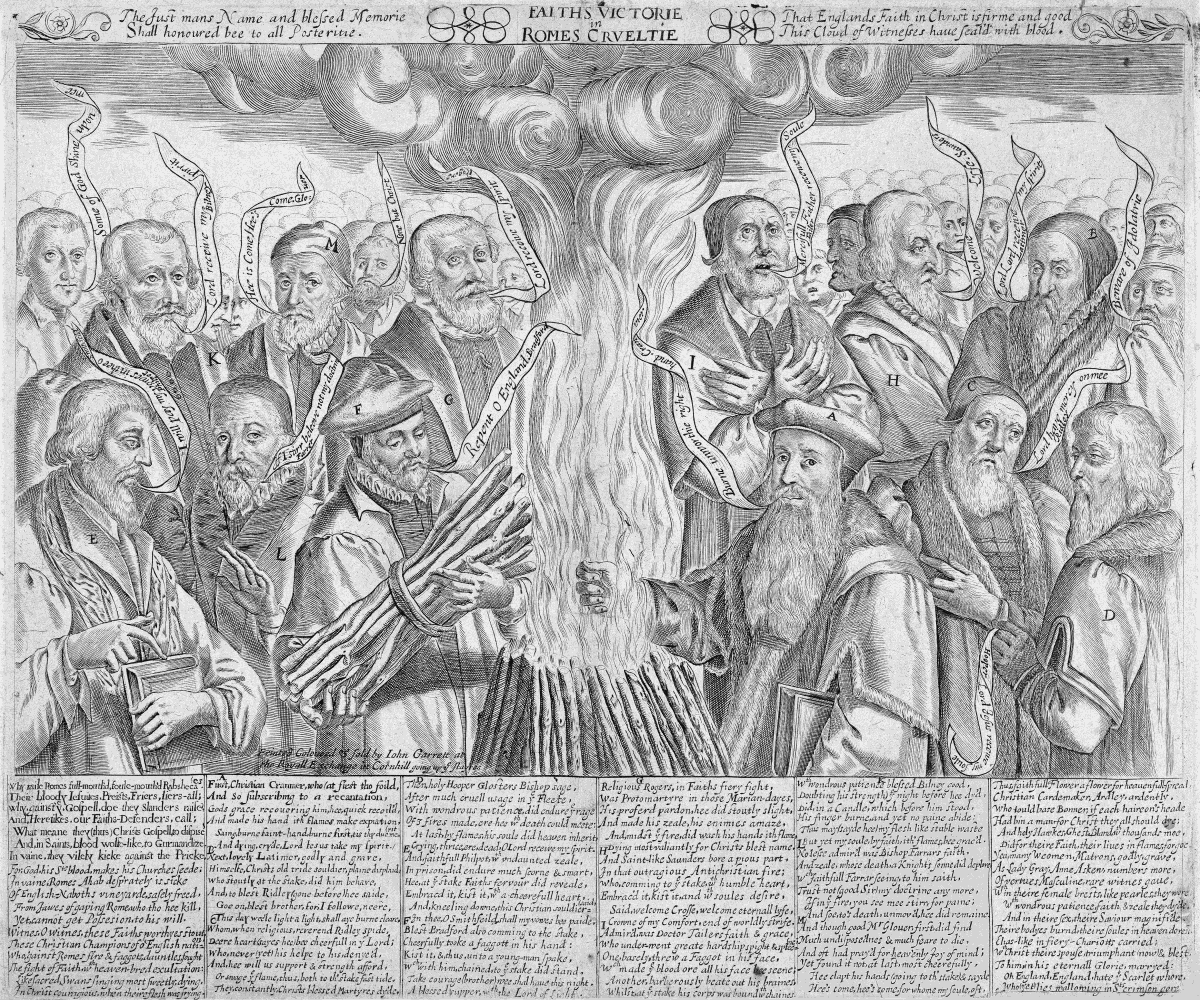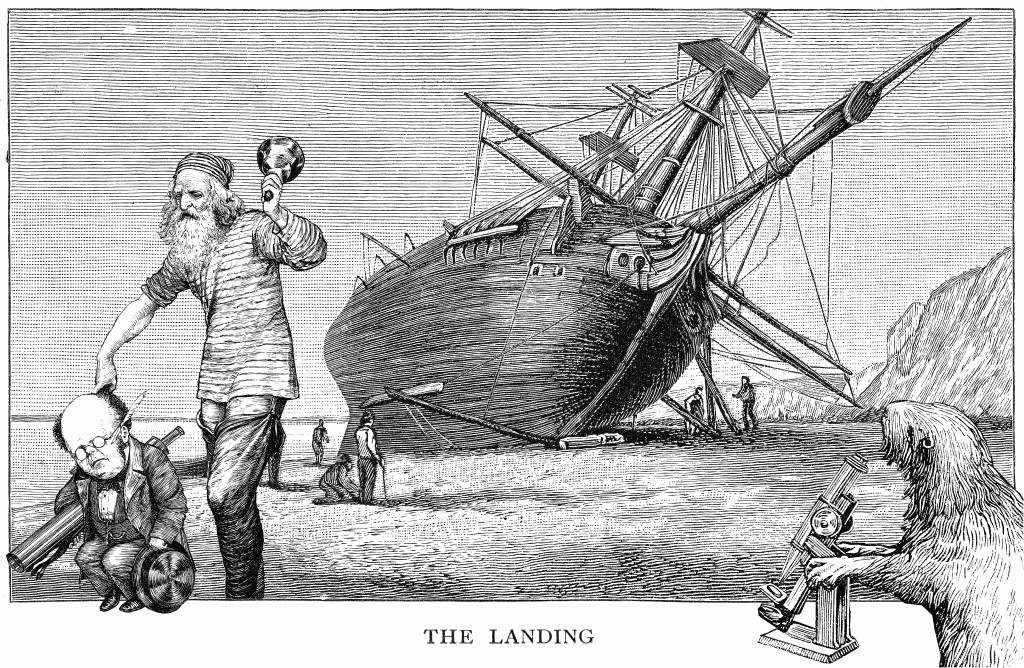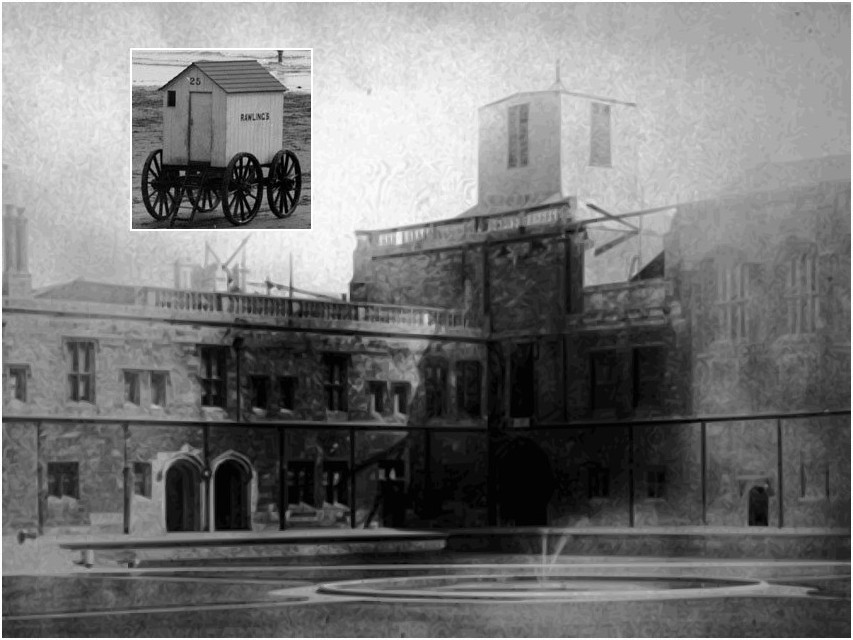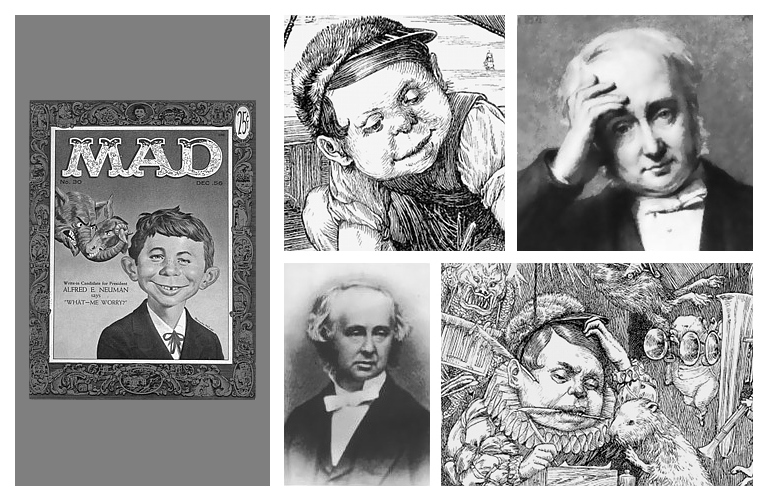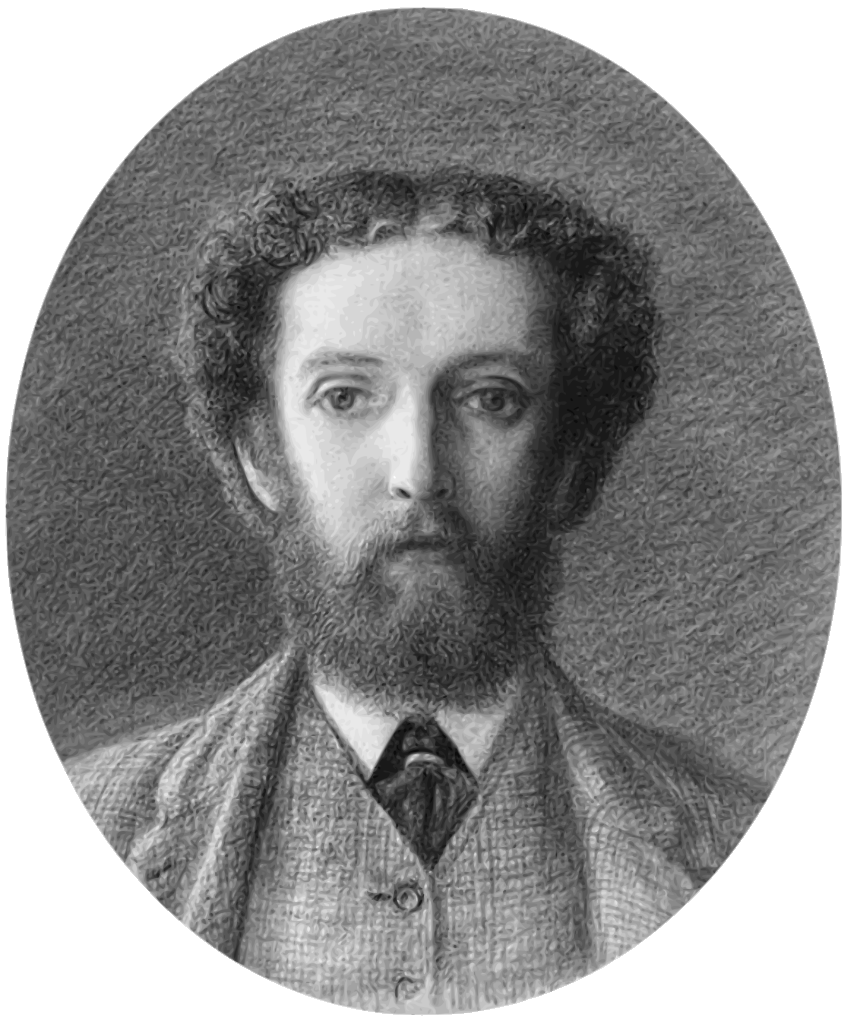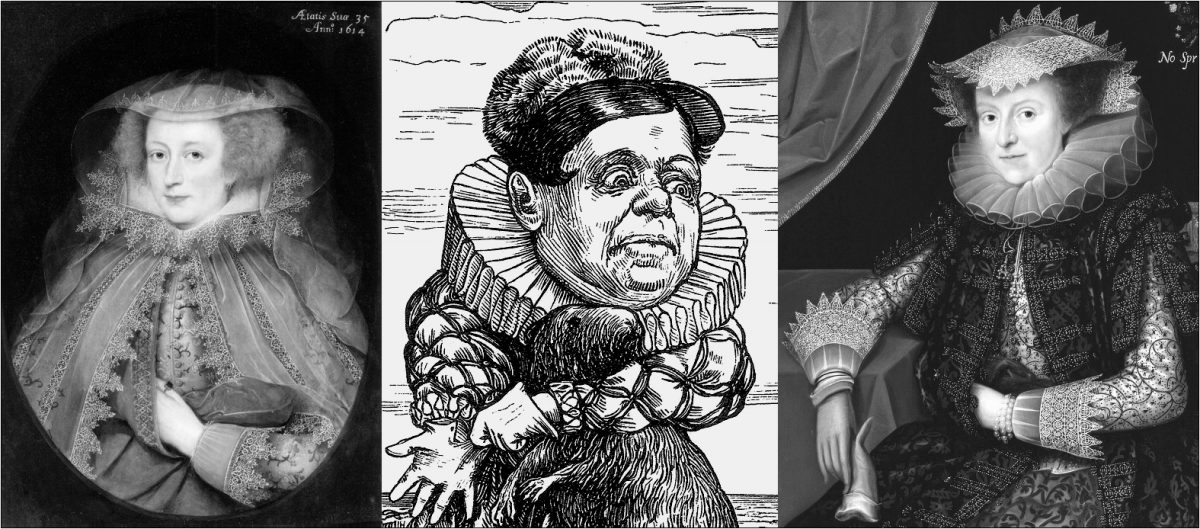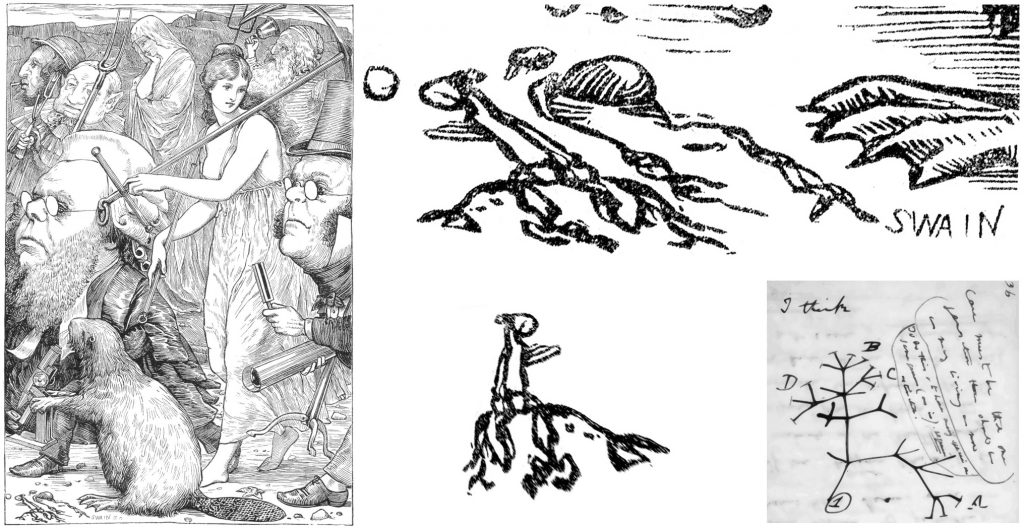
In this image, Charles Darwin’s tree of life sketch of the evolutionary tree (c. July 1837, Notebook B, 1837-1838, page 36) is compared to some “weeds” in the lower left corner of Holiday’s illustration. The sketch was not used in Darwin’s On the Origin of Species.
To my knowledge, the earliest publishing of a facsimile from Darwin’s hand drawing occurred in the 20th century. A “tree” was published in Charles Darwin’s Origin of Species. But that was an image arranged by a typographer, not Darwin’s sketch from his Notebook B. Darwin did not keep his notebook B secret after the publication of On the Origin of Species, but I do not know of any presentation of his sketch before 1876. Thus, the resemblance between the “weed” and Darwin’s evolutionary tree probably may be purely incidental.
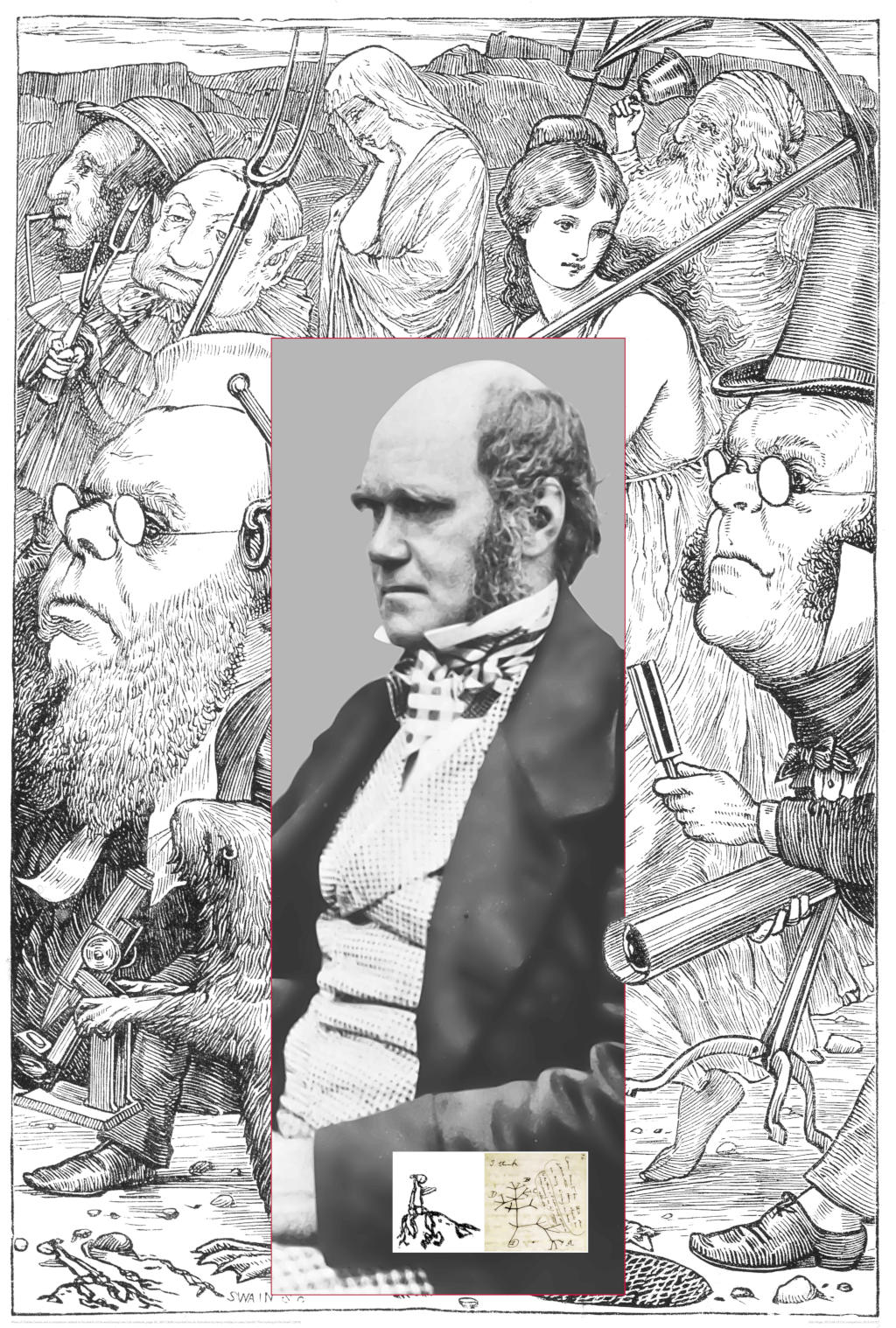 Are any earlier publishing dates for facsimile reproductions of his drawing known before 1876?
Are any earlier publishing dates for facsimile reproductions of his drawing known before 1876?
I am searching the earliest publishing date of that image e.g. in newspapers, magazines, books etc. Can you give me any hints?
In the illustration, there is no clear resemblance between Darwin and the Banker, who, however, is carrying a tuning fork. On his expedition with the HMS Beagle, Charles Darwin used such an instrument for experiments with spiders.
Links:
- Darwin’s notebooks
- Notepads worth millions lost for 20 years
- Bulletin of the British Museum (Natural History) Volume2, Vol.1 (1953) – 19 (1991)
Remark (by Ivaldo)- June 18, 2008: «Contains “Darwin’s Notebooks on transmutation of species” edited by Sir Gavin de Beer (some pages lacking in .pdf files)» - Darwin’s Tree of Life by Steven Burke, 2017-02-03 in Scientists
- Darwin’s Evolutionary Trees
2018-12-09, updated: 2023-09-22

